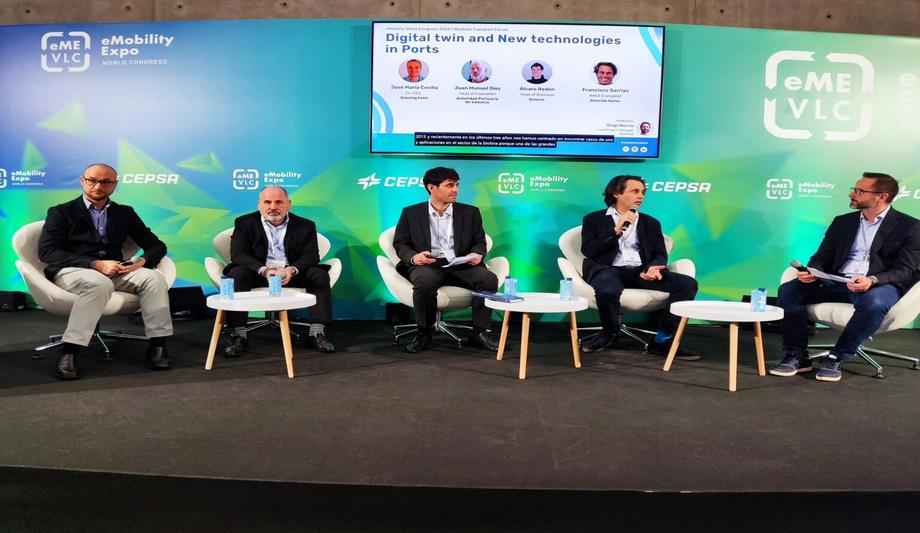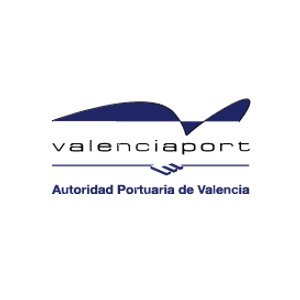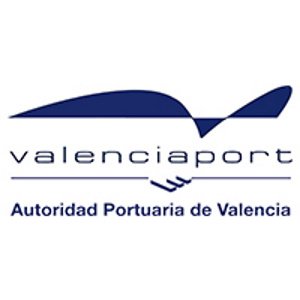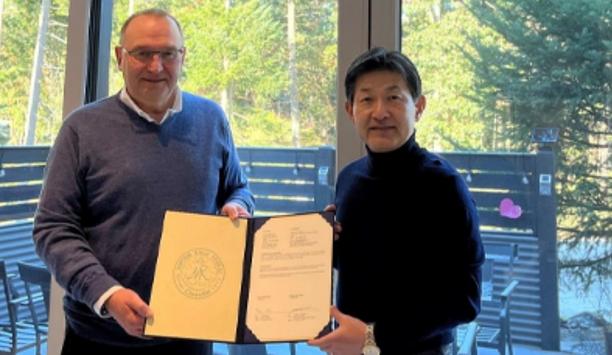Total decarbonisation is the essential goal for Valenciaport. This was the main message conveyed by representatives of the Port Authority of Valencia (PAV) to the professionals present at the eMobility World Congress, the international mobility fair hosted by Feria Valencia from 13 to 15 February.
In their speeches, Raúl Cascajo, head of Environmental Policies of the PAV, and Juan Manuel Díez Orejas, head of Innovation of the PAV, described the infrastructures and projects underway to achieve 100% neutralisation of the carbon footprint of port activity in Valencia.
Sustainability and innovation
Under the title ‘Sustainability and Innovation in the port of the future’, Cascajo detailed the main infrastructures and projects that are being developed in the Valencian docks with total decarbonisation as an objective: “the forecast is that in 2030 Valenciaport will need 150 GW to develop its activity currently 90GW, for this reason, it is necessary to diversify the actions and to be continually thinking of new ways of generating green energy.”
It is necessary to diversify the actions and to be continually thinking of new ways of generating green energy
Among all Valenciaport’s initiatives in this field, the proposals already underway for the use of green hydrogen within the framework of the H2Ports project stand out: the Valencian precinct already has the first hydrogen generator (a fixed tank that stores this fuel) together with a mobile hydrogen generator which moves to the MSC and Grimaldi terminals that supplies hydrogen to two prototypes of port machinery on which this fuel is being tested: reach stacker and the terminal tractor.
Two electrical substations
These proposals are completed with the construction of two electrical substations so that ships docking in Valencia are connected to the electricity grid, the use of alternative fuels such as Liquefied Natural Gas, and wind turbines, the replacement of the fleet of PAV vehicles with hybrid and electric, or projects related to the improvement of energy efficiency, such as changes in lighting, all of them presented by Cascajo to the logistics professionals present.
Together with these, the projects to extend and improve railway connections, which have an investment of 240 million Euro in the coming years to increase the weight of the railway in the movement of goods. And the new infrastructures such as the northern container terminal, “the ports have to be at the forefront of decarbonisation and transform themselves with new technologies towards more sustainable management and activity. We must achieve emission neutrality as soon as possible,” he concluded.
Digitalisation of Valenciaport
Díez Orejas took part in the round table ‘Digital twin and New Technologies in Ports’ where he explained that “the prediction of activity which ports can obtain thanks to the implementation of the digital twin and artificial intelligence is going to make operations in the port enclosures safer, more efficient and sustainable.”
“We are working to be able to successfully coordinate the Port Authority’s technology and data with those of the other agents that relate to us, such as terminals or shipping companies,” he pointed out. He added that “the key to the proper functioning of all these processes is going to be Data Governance.”
Ports 4.0 Fund
Díez also explained that for innovation to be tangible, it is necessary to “offer entrepreneurs and start-ups an environment in which to test their technologies in a real way, trying to reduce the bureaucratic burden and embracing the possibility of “failure”, which is the path to true innovation."
"In this sense, at Valenciaport with OPEN TOP, we offer this environment and facilitate financing instruments such as the Ports 4.0 Fund, which is currently open to select and finance projects.”
Technology to improve logistics at the port
Maritime industry is undergoing with the introduction of new technologies, giving an example
The Valenciaport Foundation also took part in the congress activities. Navigating the future: the impact of technology on situational awareness, safety and monitoring of emissions in port areas’ was a round table discussion with the participation of Rafael Empresa, Director of Safety and Security of the Valenciaport Foundation, together with his colleague Marcos Tanner, Project Manager – MSc Port Management and Intermodal Transport.
Both explained the revolution that the maritime industry is undergoing with the introduction of new technologies, giving an example specific case developed in Valenciaport.
Smart ports
Smart ports are pioneering the way in this revolution, with the use of advanced technologies that intervene in all the processes: the entry of the ship into port with sensors and technology that make its entry more efficient and safer; in the enclosure itself with automated cargo handling, ship tracking, and port security; and outside the port in the framework of transport, improving navigation, communication and environmental monitoring.
All these actions reinforce Valenciaport’s strategic position as a green hub in the Mediterranean that favours the attraction of investments in sectors as diverse as logistics, industry, and innovation, attracting talent and generating an entrepreneurial ecosystem around it.













